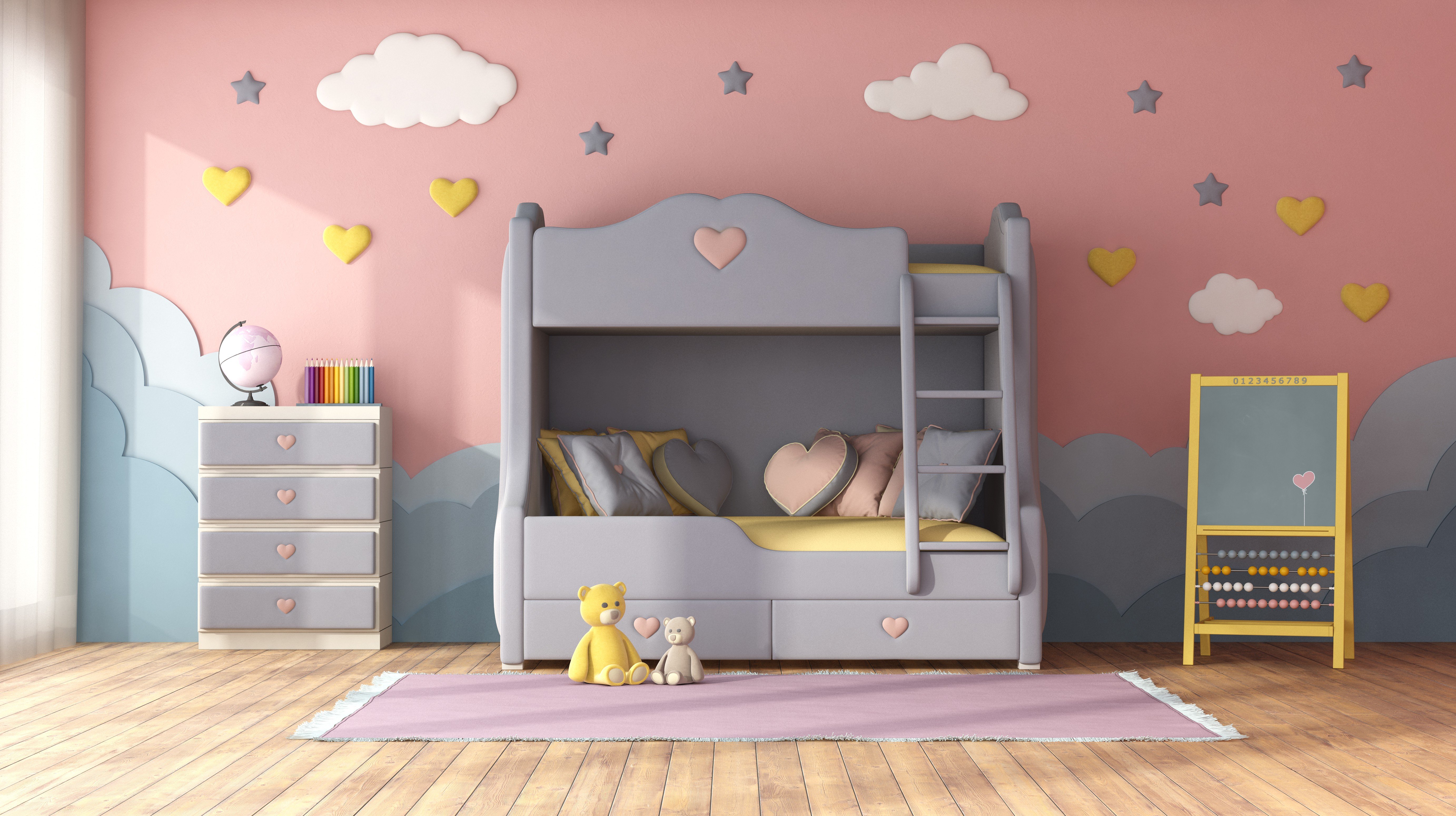12 Facts About Bunk Beds For Kids That Will Inspire You To Look More Discerning Around The Cooler Water Cooler

Bunk Beds for Kids: A Comprehensive Guide
Bunk beds have been a popular choice for children's bed rooms for several years. They offer a space-saving solution that makes the most of floor location, offers fun climbing choices, and comes in a range of styles that attract children's imaginations. This short article explores the benefits, factors to consider, styles, and security functions connected with bunk beds for children.
Advantages of Bunk Beds
Bunk beds present numerous benefits that make them an attractive option for households. Here are some essential benefits:
Space Saving
- Bunk beds allow two or more children to share a room without compromising space for play or other activities.
Economical
- Getting a single bunk bed can be more cost-effective than buying two different beds.
Enjoyable Factor
- Kids typically see bunk beds as a fun place to sleep and play, promoting a sense of experience.
Versatility
- Bunk beds are available in various configurations, consisting of L-shaped, loft beds, and even convertible styles that can change as children grow.
Organization
- Lots of bunk beds come with built-in storage options, such as racks and drawers, helping keep rooms organized.
Key Considerations Before Purchasing
Before buying a bunk bed, it's vital to think about specific elements, such as:
- Space Requirements
Measure the room to guarantee that there is adequate vertical space, allowing for sufficient headroom on the leading bunk. - Age of Your Children
Consider their age and maturity. Numerous makers suggest that children under 6 must not sleep in the leading bunk due to safety issues. - Weight Limit
It's vital to examine the weight limitations of the bunk bed for both the leading and bottom bunks to make sure safety. - Style Preferences
Choose a design that matches the space's decor and the children's preferences. - Material
Bunk beds are available in different products, such as wood or metal. aprilburton.top has its benefits and drawbacks concerning resilience and aesthetic appeals.
Styles of Bunk Beds
Bunk beds can be found in different styles to fit different visual appeals and practical requirements. Here's a list of some popular designs:
- Standard Bunk Beds
Timeless stacked beds that consist of two beds developed one above the other. - Loft Beds
A bed elevated high off the ground, with space beneath for a desk, play location, or storage. - L-Shaped Bunk Beds
2 beds arranged in an L-shape, supplying more flooring space and an unique style component. - Twin Over Full Bunk Beds
These alternatives feature a twin bed on the top and a full-sized bed on the bottom, accommodating older children or adults. - Triple Bunk Beds
Designed for three kids, these beds normally include 3 stacked beds, perfect for larger families.
Security Features to Consider
Making sure the security of kids utilizing bunk beds is critical. Here are some security features to look for before making a purchase:
- Guardrails
A bunk bed must include strong guardrails on the top bunk to prevent unexpected falls. - Ladders
Make sure that the ladder is securely connected and easy for children to browse safely. - Stability
Try to find bunk beds with lower centers of gravity and large bases to offer better stability. - Quality Construction
Select beds made from resilient materials that satisfy security standards, such as ASTM (American Society for Testing and Materials) policies.
FAQs About Bunk Beds
1. What age is suitable for a top bunk?Generally, kids aged 6 and older are advised for sleeping in the leading bunk. 2. Are bunk beds safe for toddlers?Most professionals encourage against
positioning young children in the leading bunk due to the
risk of falls and incorrect ladder usage. 3. Can bunk beds be separated?Many bunk beds are developed to be separated into two standalone beds,
providing included flexibility as kids grow
. 4. How do I maintain a bunk bed?Regularly look for loose screws and use, keep mattresses tidy, and guarantee that the bunk bed is
stable to prolong its life expectancy. 5.
Are there any special mattress requirements for bunk beds?Yes, bed mattress for bunk beds must fit snugly without leaving gaps. Generally, thinner bed mattress
(around 6 to 8 inches )are recommended for leading bunks for safety. Bunk beds provide a versatile, useful, and enjoyable option for children's sleeping plans, making the most of space while accommodating several kids in one space. By thinking about the essential aspects
of design, security, and space, parents can make an informed choice when selecting the right bunk bed for their children's requirements. With the ideal care and maintenance, a bunk bed can be a cherished piece of furniture that supplies years of usage and pleasure for children. Summary Table of Bunk Bed Styles Style Description Best For Requirement Bunk Beds Traditional style, two stacked beds Smaller sized spaces Loft Beds Elevated bed with open space underneath Research study or play areas L-Shaped Bunk Beds 2 beds in an L-shape
Included floor space Twin Over Full Twin on the top,
| complete on bottom Accommodating older children Triple | ||||||
|---|---|---|---|---|---|---|
| Bunk Beds | Three stacked beds | Bigger families By comprehending | the numerous alternatives readily available, designated considerations for safety and functionality, and appropriate age standards, families | can select the perfect bunk bed that not | only boosts their home | but also ensures a safe and |
| satisfying sleeping environment | for their children.

|
